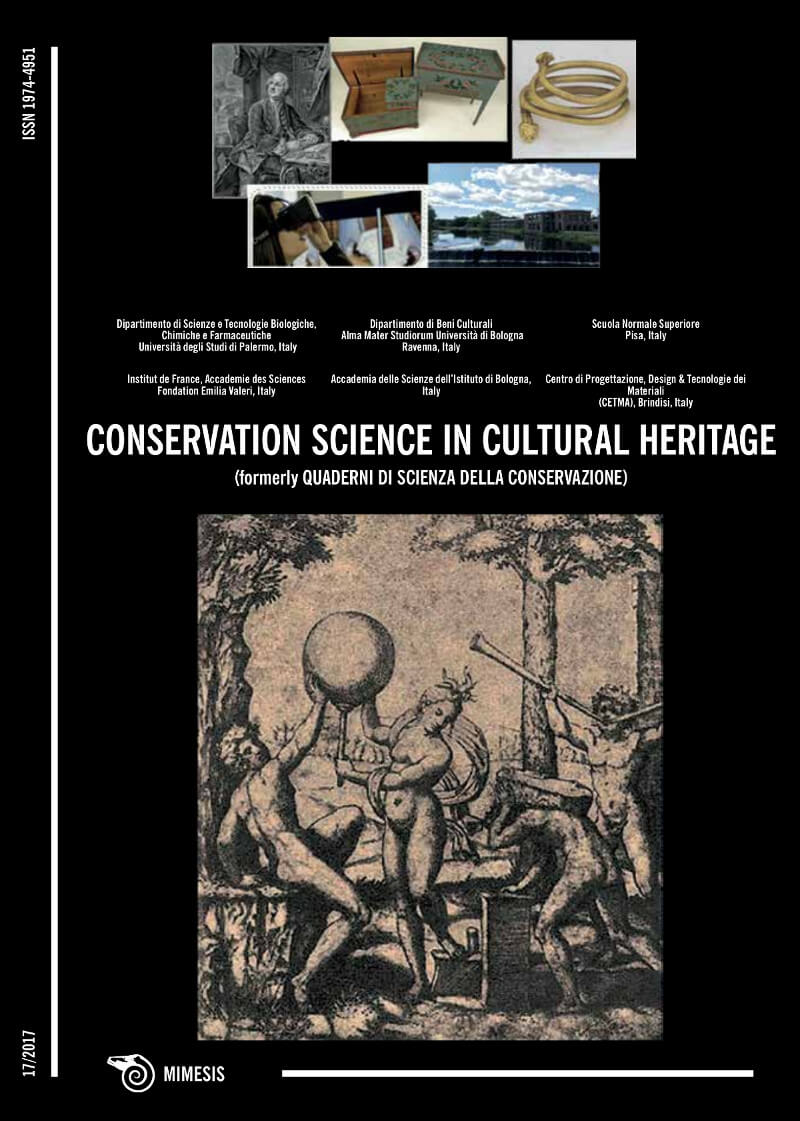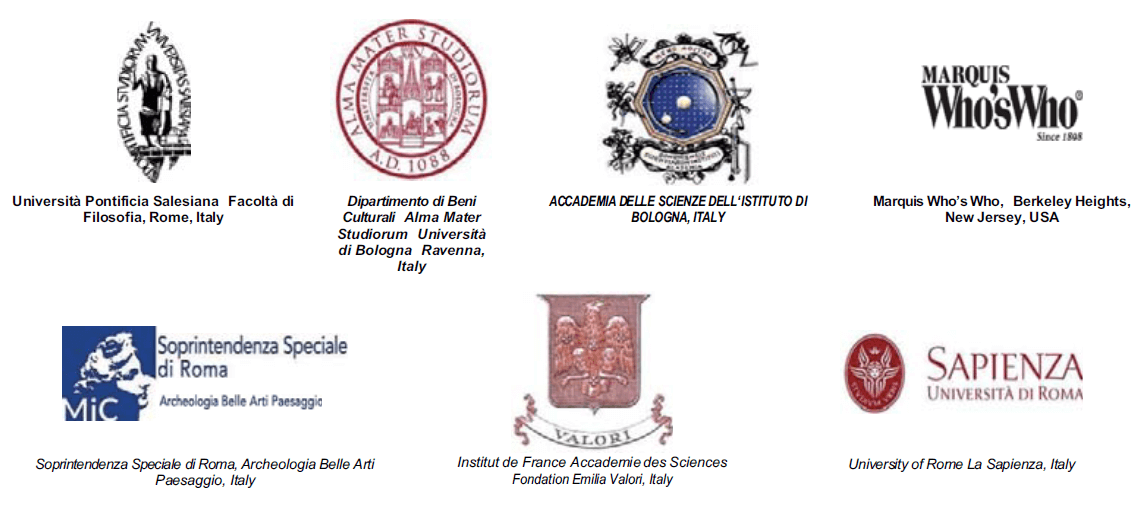The Stepping Stone to Greater Impact for Quality Journals is “Influence”; it is about Discoverability and Usage
DOI:
https://doi.org/10.6092/issn.1973-9494/7939Keywords:
Discoverability, visibility, usage, citation, impactAbstract
Although publishers and authors hope to see their publications having an impact in the discipline, focusing only on the quality of the published articles may not guarantee the desired impact. Papers should also respond to principles of quality not only from a scientific point of view, as it is also very important to understand and capitalize on the critical phases that lead to usage — namely ensuring exposure and discoverability of the publications by the target audience. Apart from partnering with subscription agents that offer value-added services for online publications to ensure that linking to full text is accurate and stable, full-text databases also offer an effective channel to bring high-quality journal contents to a target audience that may eventually cite the consulted articles in their own researches. Nonetheless, the publisher, and at times the editor-in-chief, also wants to make sure that the full-text databases they work with are not going to bring a negative impact on the journal subscription. Therefore, it is critical that publishers look to partners that support all areas of their business in an optimal way. This is what has been achieved across the years by the Journal “Conservation Science in Cultural Heritage” which has had excellent results in its dissemination and scientific content.Downloads
Published
2018-03-28
How to Cite
Doak, D. P. (2017). The Stepping Stone to Greater Impact for Quality Journals is “Influence”; it is about Discoverability and Usage. Conservation Science in Cultural Heritage, 17(1), 59–63. https://doi.org/10.6092/issn.1973-9494/7939
Issue
Section
Articles
License
Copyright (c) 2017 Donald P. Doak
Copyrights and publishing rights of all the texts on this journal belong to the respective authors without restrictions. Authors grant the journal right of first publication.
This journal is licensed under a Creative Commons Attribution 4.0 International License (full legal code).
See also our Open Access Policy.






